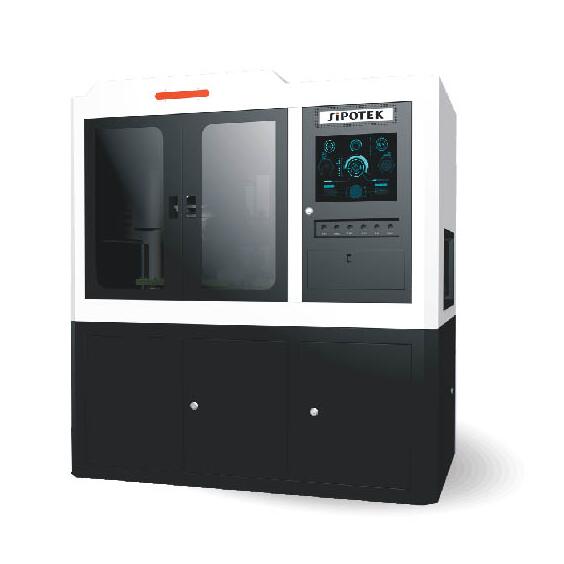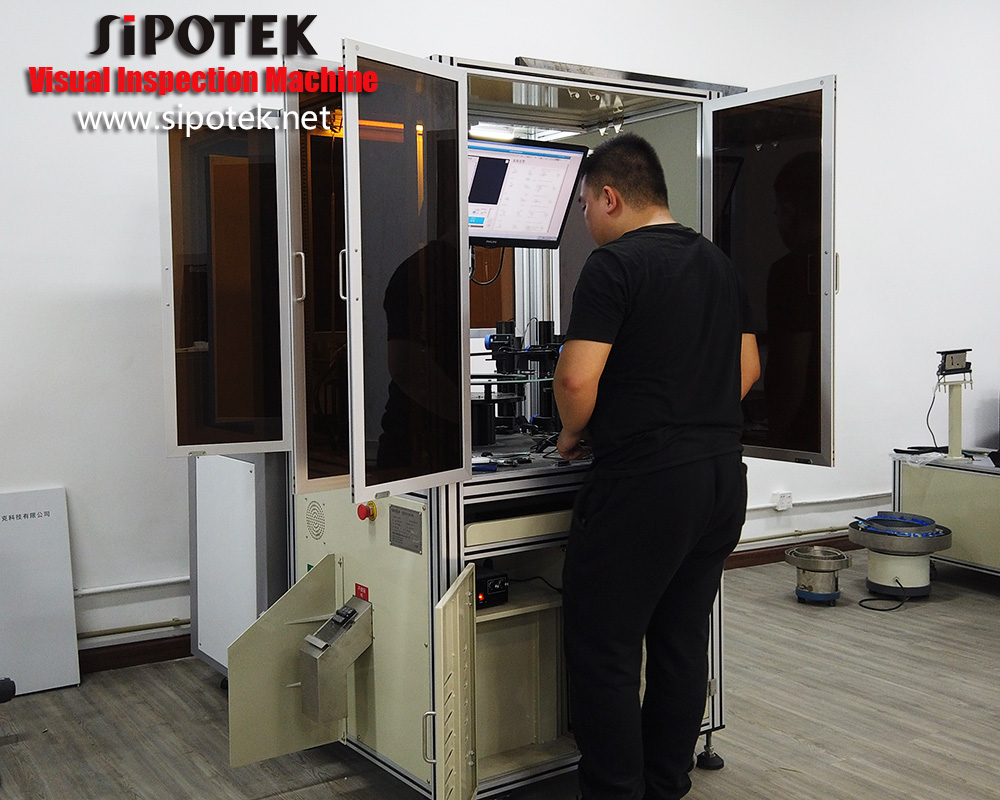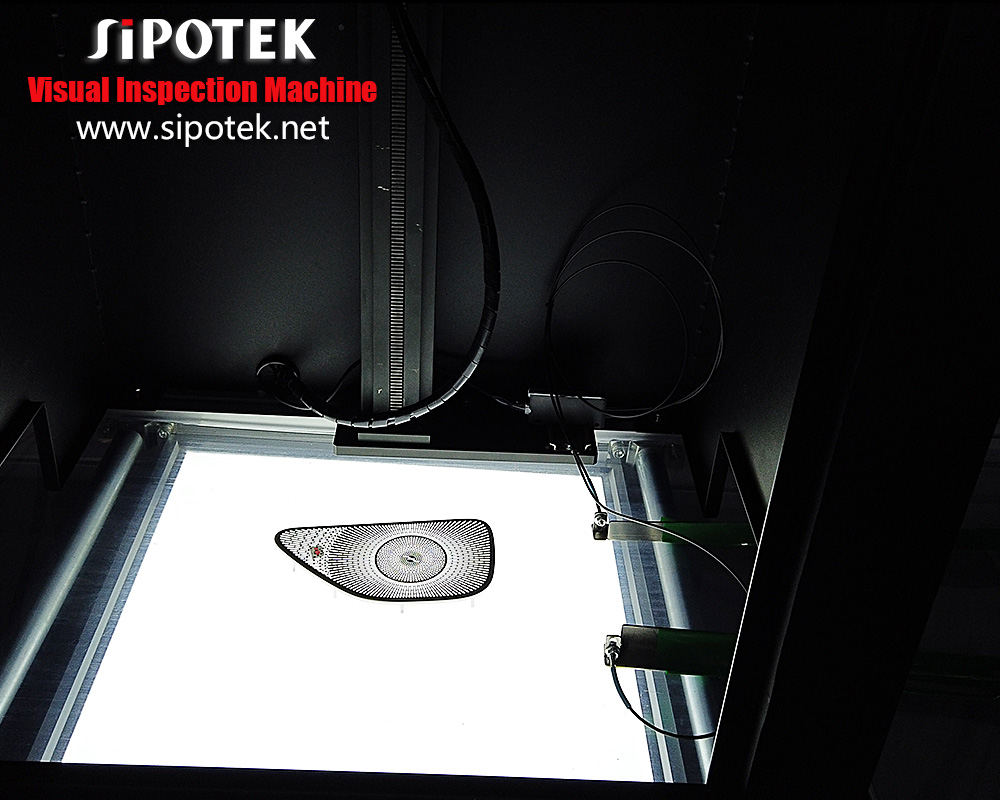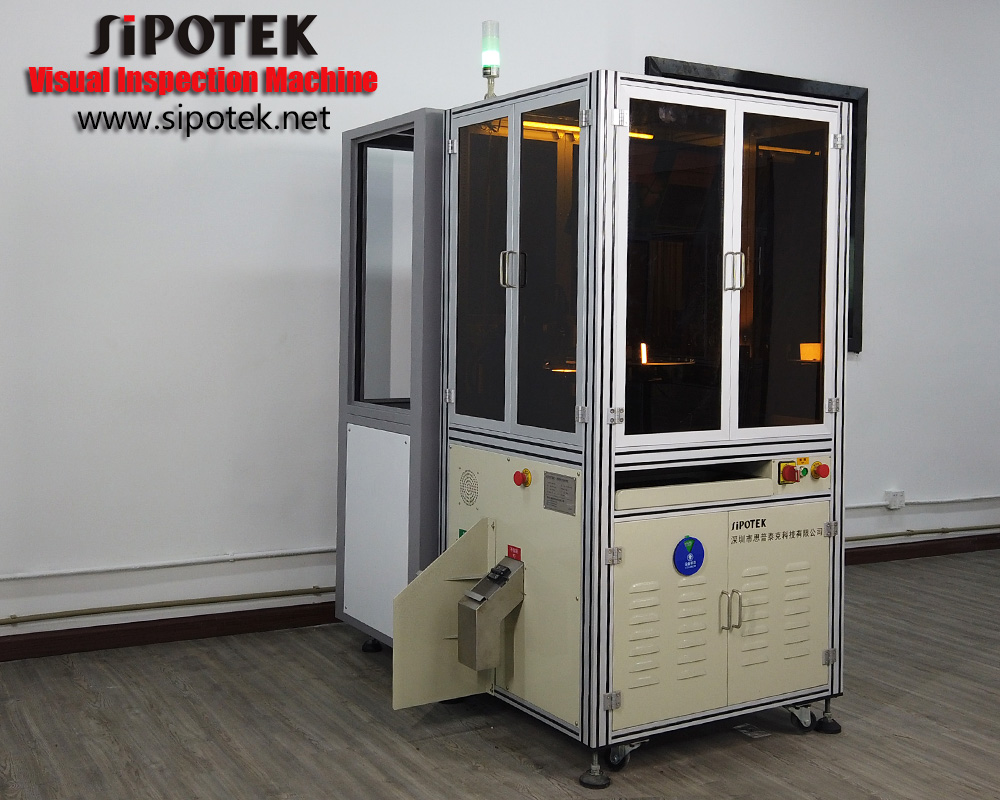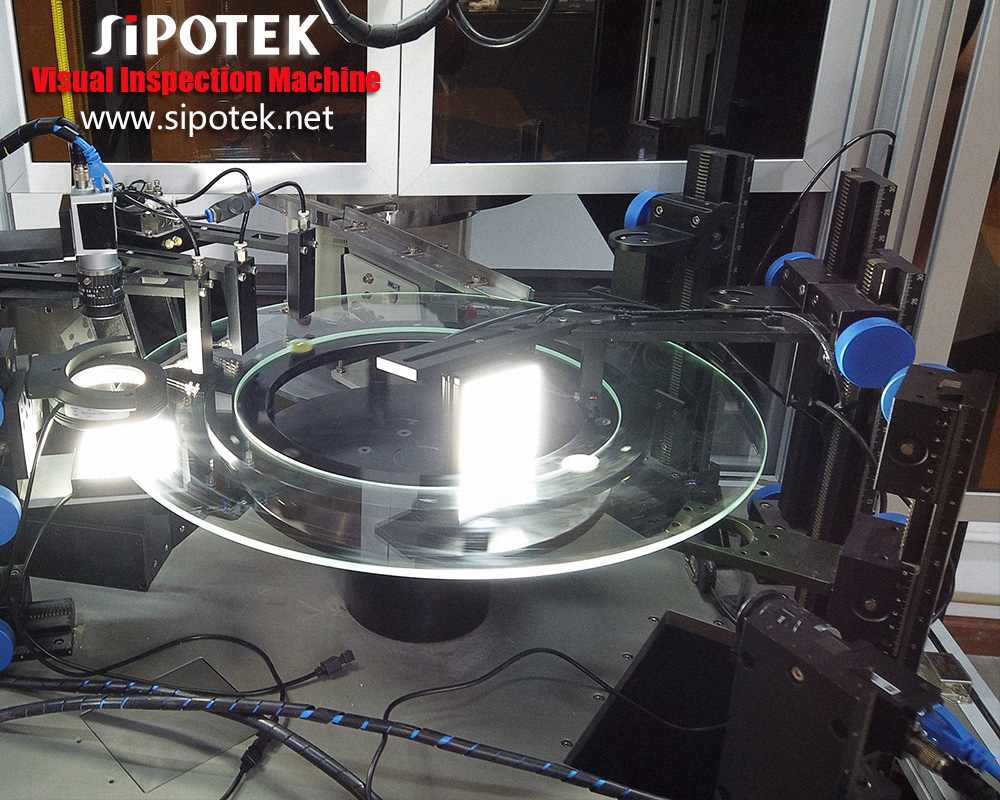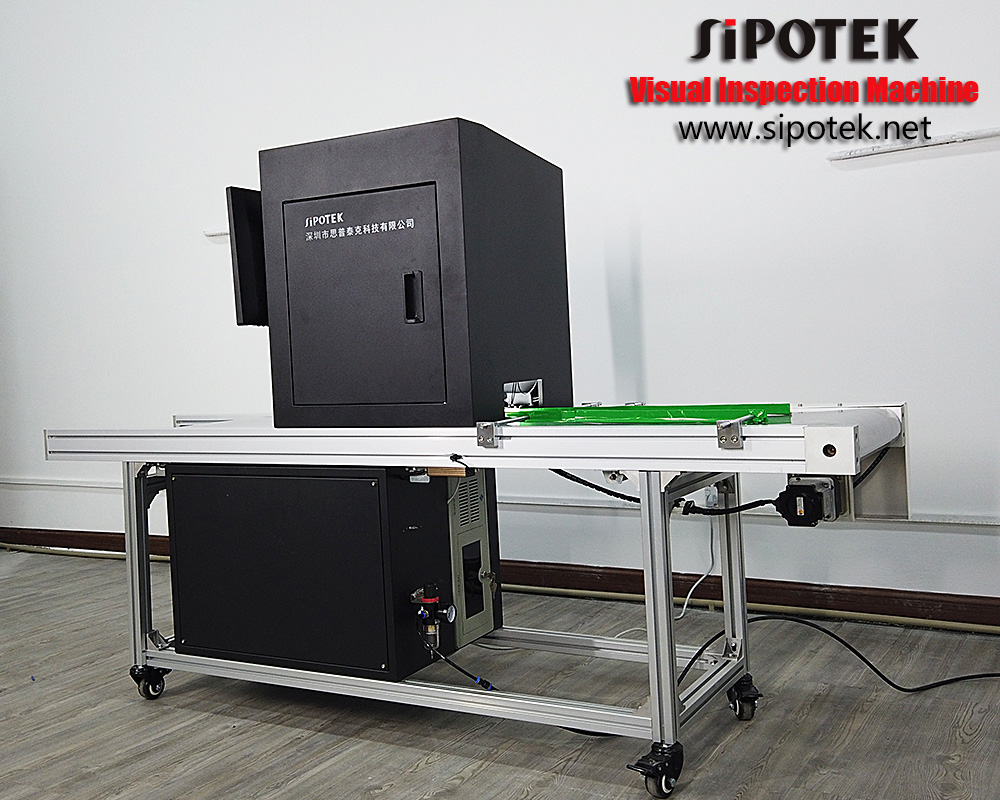For many manufacturers it is important that their products exceed each and every one of the tests of quality and performance to which they must submit before taking their products to the market, one of the most common inspections is the visual and allows to detect any type of damage or anomaly in the surface of a material.
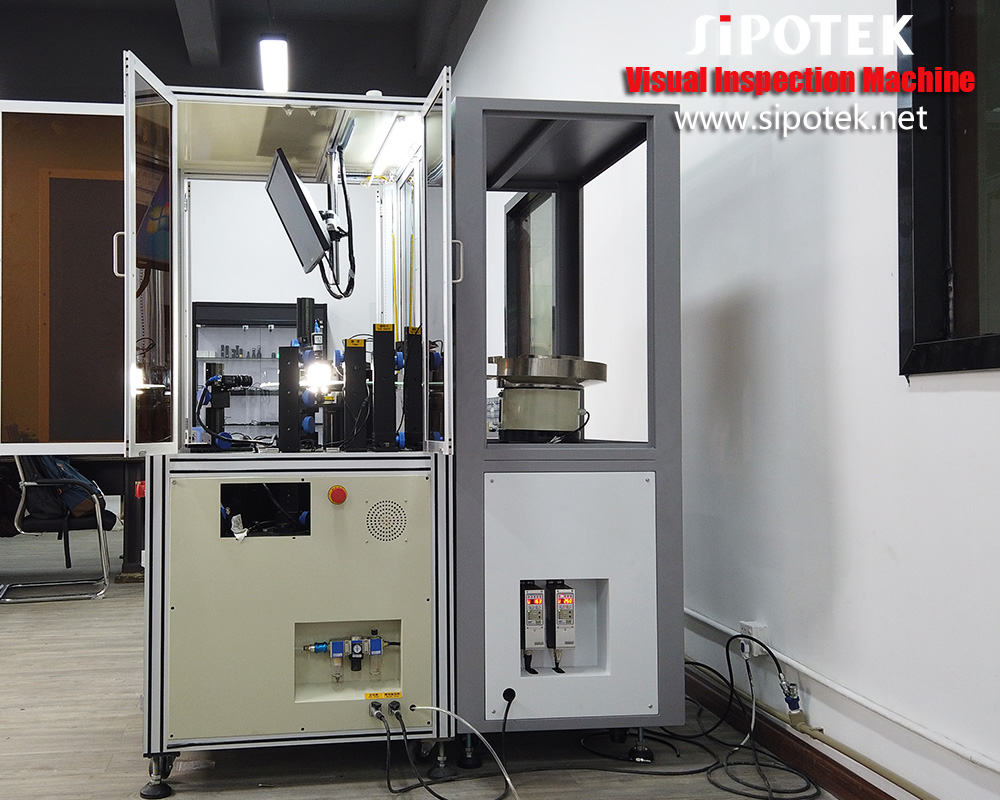
But in many cases, a product requires much more than a surface review method, some need other procedures to assure the end customer that the object they are buying will work efficiently and perform the tasks assigned to them from their point of view conception.
Occasionally, part manufacturers prefer to resort to more than one method of revision.
Although a visual inspection machine can perform a detailed and complete review of a piece or material, it can only do so superficially, that is, it can not determine how thick a material is on the inside, or if it has the density that is required for its use, to know this information it is necessary to apply other methods apart from this.
Visual inspection can be applied along with other methods, as long as these do not change the physical structure of the piece.
Depending on the method, a visual inspection machine can determine the faults that need to be identified through its use while another element can be a more detailed analysis of the piece.
The coexistence of two methods in a visual inspection system is only possible if the latter does not clearly affect the material, in some way distorting the real image, that is, the use of methods that require subjecting the object to exposure. A beam of light at different angles can obviously change the image that is being perceived by the visual inspection machine, for this reason, these methods are not recommended to be practiced together.
If there are methods that require different processes to achieve their measurement task, these would undoubtedly achieve scans simultaneously, because they would not be interfering with each other.
For example, there are methods such as ultrasound that is responsible for sending waves and receive them in the form of information, although the method is used for materials in liquid state (mostly), it is taken as an example that it does not require images in High definition to determine if a material has the density and volume that the manufacturer requires to put it on the market.
It is important to consider that most of the manufacturers that make use of the functions of the visual inspection machines, seek (mostly) to determine if each of the parts they manufacture have some error of dimension or some fissure, since these errors are superficial.
If these manufacturers had other needs in terms of the inspection of their materials, they would only have to change their method to find one that meets their requirements, and would probably rule out the use of visual inspection, and would begin the acquisition of other machines with other purposes.
For more about vision inspection system,you can pay a visit to sipotek website at http://www.sipotek.net
About Shenzhen Sipotek Technology Co., Ltd
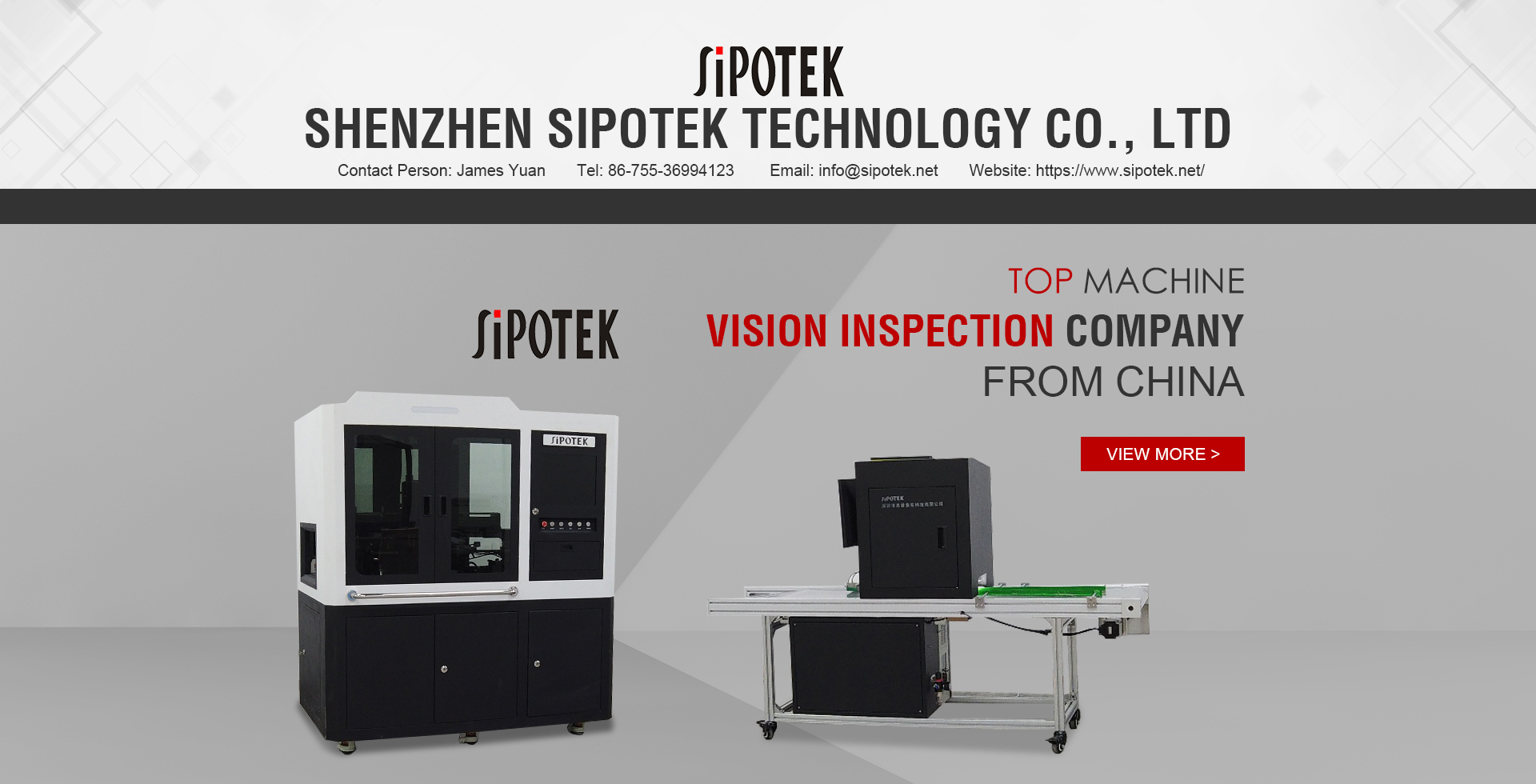
Started in 2002, Sipotek Technology is located in Shenzhen in China. The company designs and manufactures visual inspection systems with its avant-garde R&D department and a great experience in artificial vision technologies. Sipotek is a professional machine vision inspection system manufacturer from china.The Sipotek Technology staff supports customers 360 degrees automatd optical inspection(AOI), from listening to their requests to the development of ambitious machines for quality control.
For Media Inquiries:
Contact Person: James Yuan
Company: Shenzhen Sipotek Technology Co., Ltd
Tel: 86-755-36994123
Email: [email protected]




